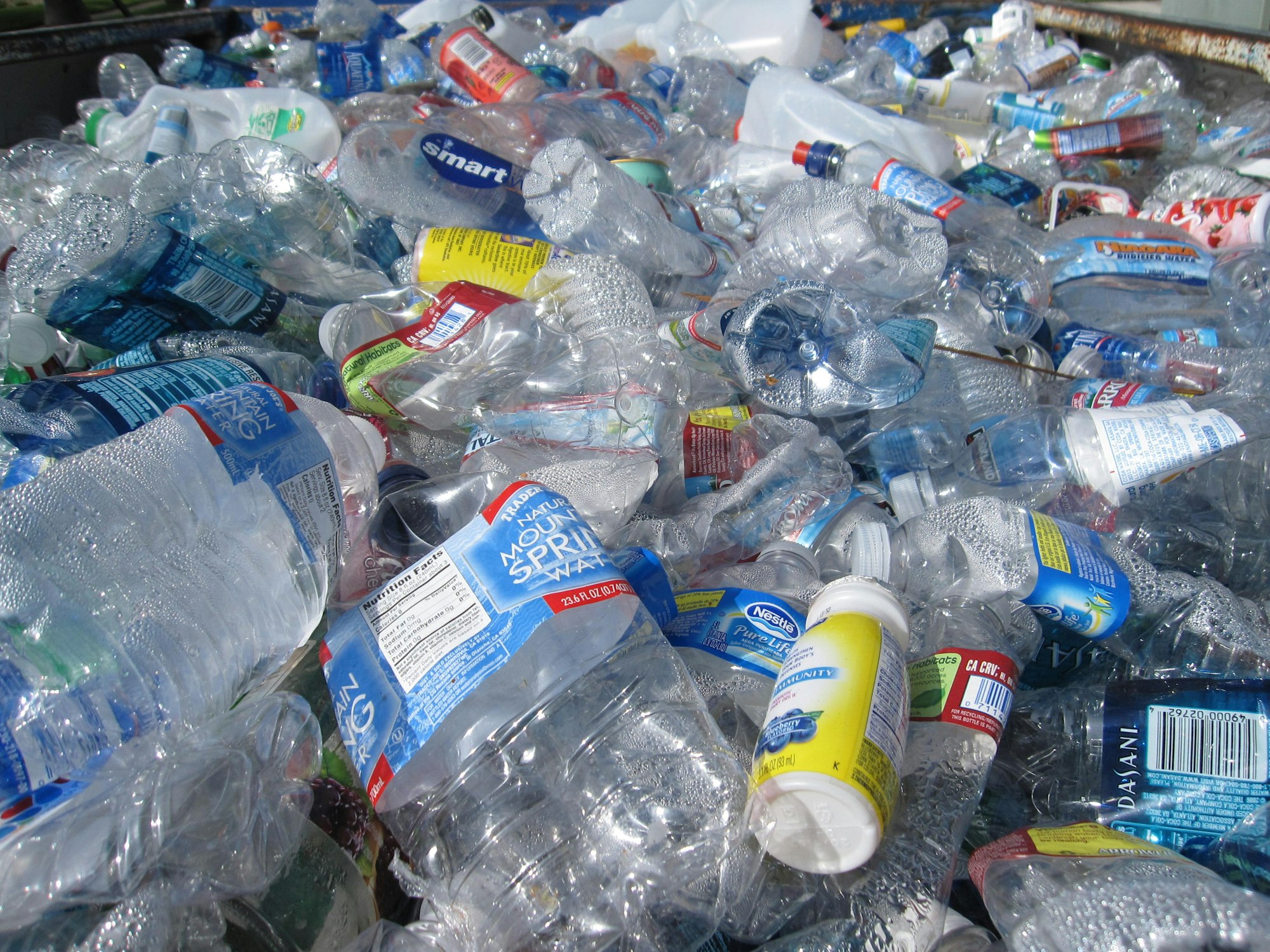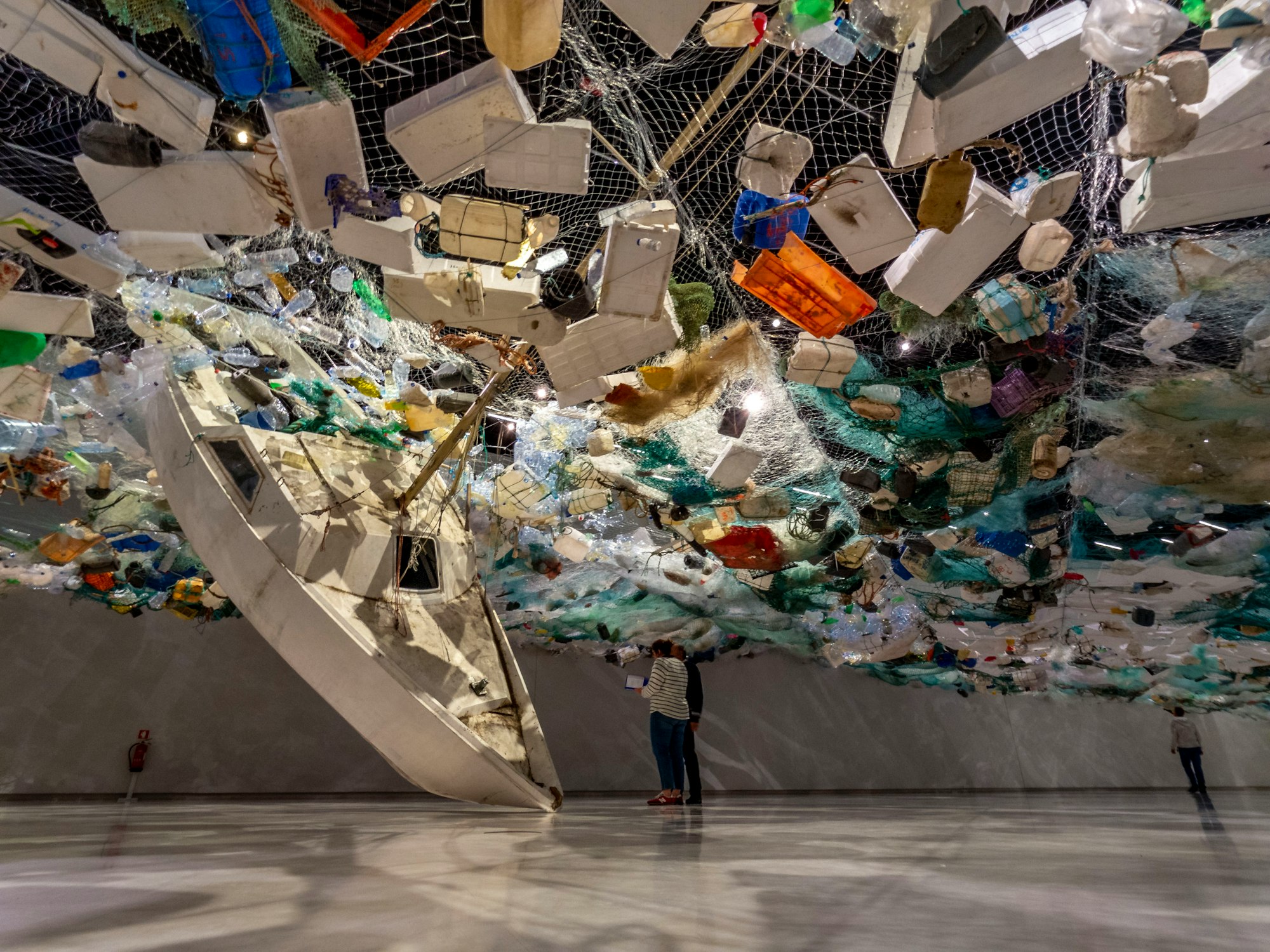Recycling is the process of collecting and processing materials and turning them into new products, which would otherwise be thrown into trash. Consumerism is an ever-growing way of life nowadays, as we are obsessed with acquiring increasing amounts of goods and services. As a result of that, tonnes of waste gets generated on a daily basis.
Early humans reused broken pottery due to the lack of adequate materials. Now we have several materials available in abundance, and new products are released into the market every day. This makes it important to recycle so that we can keep recyclable items inside the Recycling Loop and prevent them from landing in landfills cause pollution.
Types of Recycling
While most of the materials produced can be recycled, the excessive costs associated with recycling hinders the process in some cases. While plastic and glass can be recycled locally in most places., e-waste has to be collected, transported, re-processed and this ultimately increases the costs involved.

The various commonly recycled materials include Waste Paper and Cardboard, plastic, metal, wood, cloth material, bricks and inert waste and electronic devices. The amount of recycling and cost effectiveness depends on the infrastructure available in a country.
In some cases, the excessive costs associated with recycling hinder the process. While plastic and glass can be recycled locally in most places, electronic waste must be collected, transported and reprocessed, which ultimately increases costs. This is because these devices contain a variety of raw materials such as metals and a variety of plastics. These need to be manually separated by special waste dealers and returned to the cycle.
Some interesting recycling facts
- A single light bulb can be powered for up to four hours with the energy saved from one recycled glass bottle.
- Only 9% of the plastic waste created is being currently recycled. The rest 91% ends up in our landfills or oceans.
- Germany has the best recycling rate in the world and recycles more than 50% of its municipal waste.
- Americans throw away about 28 billion bottles and jars every year (Source)
The German Waste Segregation System
While in the past almost everything ended up in landfills, today everything is segregated into recyclable materials based on German recycling laws. Germany leads the world with over 50% recycled waste.
Residual waste is waste that cannot be recycled, e.g. diapers or vacuum cleaner bags. And then there is waste that can be recycled: empty yoghurt cups or milk cartons, old newspapers and paper or anything made of glass. In Germany today almost everyone has access to the recyclable waste bins, glass containers or waste paper containers. In recent years, organic waste bins have been added to the waste separation system. However, this is not a matter of recycling, but of generating energy.

Recycling of glass and paper
The collected glass from the containers can always be melted down again and new glass is made from it. This costs even less energy than producing glass from scratch.
The situation is similar with recovered paper: almost two thirds of all paper products in Germany (e.g. packaging, toilet paper, printer paper) are made from recovered paper. This also consumes energy, but much less than producing paper from new wood fibres.
Recycling Plastic- technology separates plastics
In Germany, the collected plastic is separated in ultra-modern sorting plants using various physical processes. For example, there are sieve drums that divide the material flow transported on belts into smaller and larger packages. Foils in turn are sucked off, a magnet attracts old cans of tinplate, and later this quantity is pressed into cuboids.
Then there is also a machine that sorts out aluminium (cans, tubes, etc.) and literally pushes it off the belt and into a separate container. But that's not all: engineers have also developed separation technologies that use near-infrared to recognise different packaging materials by their reflective light spectrum. In this way, different plastics (e.g. PET, PE, PS) are separated according to type and can be further processed.

5 Ways to get involved
1) The EU Recovery Plan was recently presented as a strategy for 'building back better' after the COVID-19 pandemic. The plan includes provisions to help waste management companies in achieving a circular economy across Europe. Read up on the progress of the deal or other such policies, follow how countries are implementing it and discuss with peers to spread information.
2) Challenge yourself to live waste free- There are plenty of ongoing online challenges hosted by different organisations and platforms which encourages enthusiasts to recycle everyday products like food cans like the 5 Cans Challenge to save energy. Such techniques combine challenges and motivation and makes helping the environment fun!
3) Buy multiple use products- Be it a battery that can be recharged for up to 10 years, or a plastic bottle that can be recycled up to 10 times, make sure to read the information on the packaging and support brands that take recycling seriously.
4) Decrease consumption- While this goes without saying, but no matter how much we make our recycling processes efficient, we cannot keep adding items to the looping cycle if more and more products continue to be produced. The only solution is to consume less, so that we need to produce less. Buy second hand, use things longer and try minimalist lifestyles.
5) Get creative- Use a can for a pen holder, a tyre or old shoes for growing plants at home, or use old clothes for creating Do-It-Yourself Pillows. Look into the internet for inspiration and there are hundreds of cool ideas of how to get crafty and creative with waste. Here's our suggested website to look up innovative ways to use old items, starting from tooth brushes to even bottle caps.
Header Picture: Martijn Baudoin, Unsplash



















